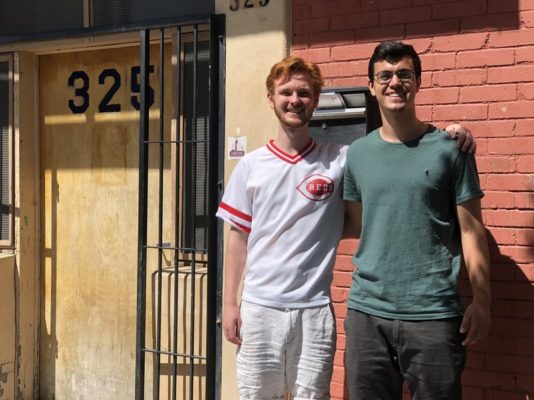A woman was found dying near the border wall. No one appears to be investigating her death
|
by René Kladzyk, El Paso Matters
Early on the morning of July 8, a woman was found by Border Patrol agents with a severe head injury, just north of the border wall in New Mexico. Scant information is available regarding her identity, and it appears that no law enforcement agency is investigating her death. Incidents like this — in which no press release disclosed her death, no agency has claimed responsibility for investigating it, and no public identification of the woman has been made — begs the question: how many migrants die and then fall through the cracks of complex bureaucracy, with far-away family members left wondering what happened? What we know
Our Jane Doe had apparently fallen from the border wall, which stretches to a height of 18 feet at that point along the U.S.-Mexico border, just west of El Paso where Anapra, Mexico, and Sunland Park, New Mexico, meet. A dispatcher, apparently from El Paso, passes along a call to Mesilla Valley Regional Dispatch Authority about a person who fell from the border wall.





















